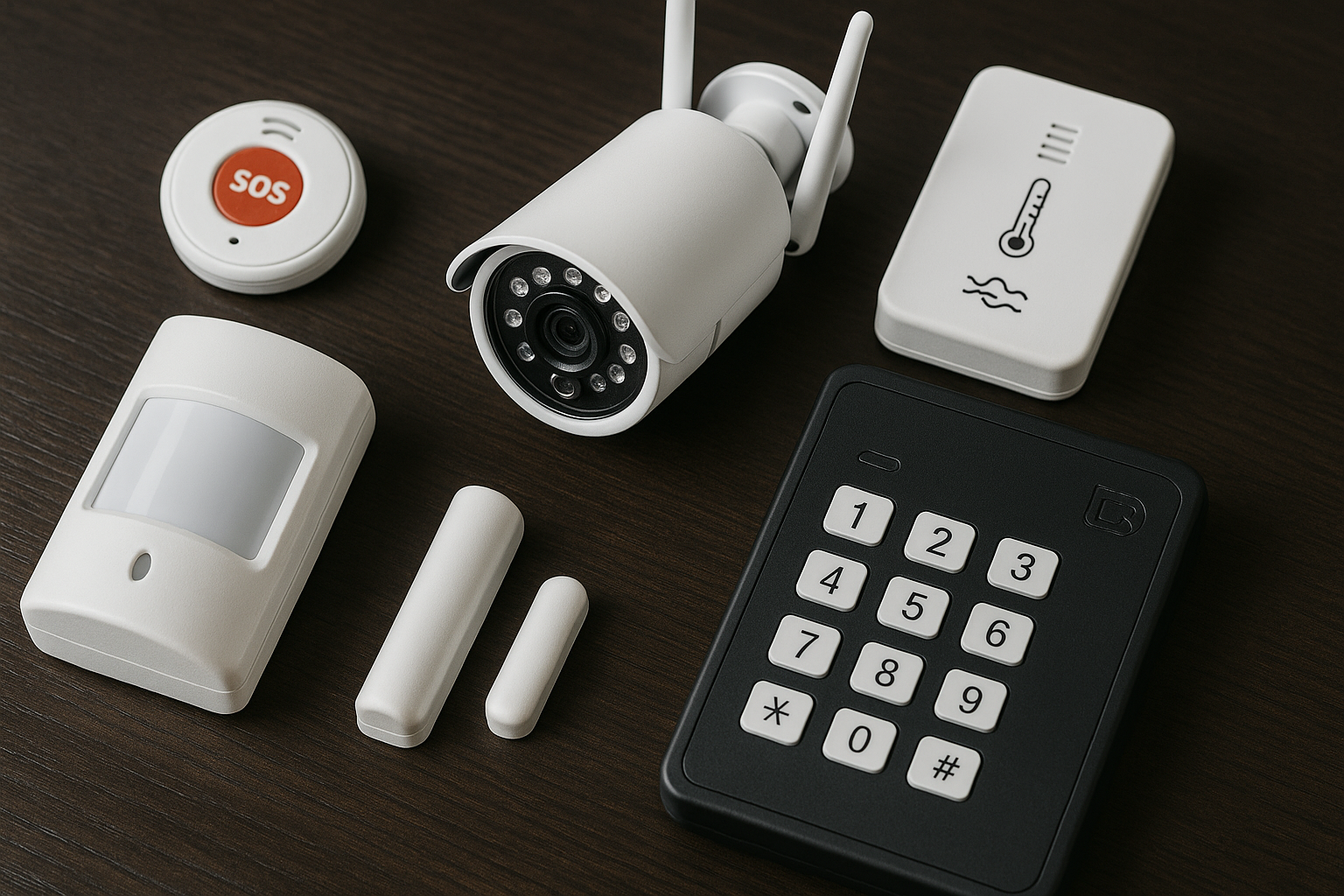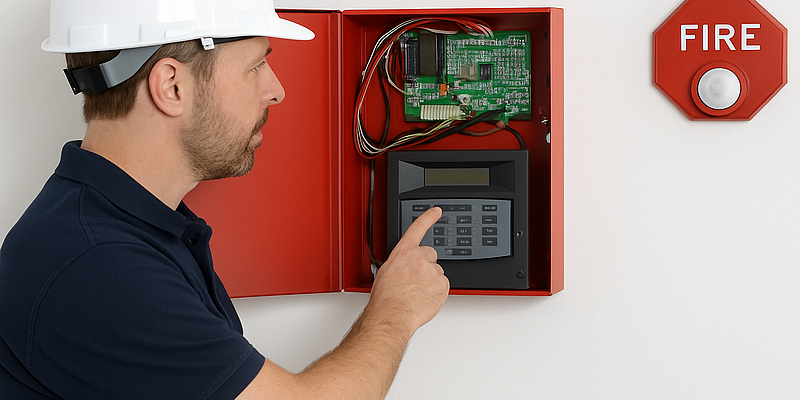-
24 Hour Emergency Service
- 24 Hour Emergency Service
The 5 Skills That Turn a Fire Alarm Tech Into a Master
If you are breaking into the fire alarm industry or you have years in the field and want to level up, the way forward is not mysterious. It is a stack of skills you can build, sharpen, and prove. Below is a practical breakdown that turns on-the-job chaos into a repeatable system for growth and higher pay.
1) Technical proficiency that goes beyond button-pushing
- You are not just “working on a brand.” You are working on a system with specific components and expected electrical states. Master the following:
- Panel anatomy: front display, menus, default and installer passcodes, I/O cards, annunciators.
- Circuit behavior: end-of-line values, normal vs off-normal states, how a short, open, or device failure presents.
- Meter fluency: confirm expected voltage and resistance on SLC, NAC, IDC circuits, then prove it with measurements, not guesses.
- When you know the correct “normal” for each circuit and device, troubleshooting stops being a guessing game and becomes a gap analysis.
2) Attention to detail that protects hardware and budgets
- Details are not cosmetic. They are the difference between a clean pass and a fried board.
- Battery wiring basics: know series vs parallel, polarity, and why that single jumper matters.
- Color and labeling discipline: if color perception trips you up, systematize. Label, tag, and meter everything before committing.
- Self-study time: when the crew stops, you keep going. Use in-house labs, after-hours practice, and manufacturer trainings to close knowledge gaps.
- A single careless battery hookup can cost a board, a truck roll, and credibility. Build habits that make mistakes rare and reversible.
3) Problem-solving that starts from first principles
- Stop chasing the last tech’s hunch. Start at the beginning.
- Define the normal: what should this loop read in a healthy state.
- Bracket the fault: open vs short vs device failure, then isolate section by section.
- Treat ground faults like a skill test: they are common, tedious, and profitable when you can clear them fast. Expect above-ceiling walks, crawl spaces, duct detectors. Do the work.
- Your value is proportional to how quickly you can move from symptom to cause with a calm, methodical process.
4) Communication that gets your company paid
- Most service reports are too vague to defend an invoice. Use a template that removes doubt.
- Service report skeleton you can copy:
- Upon arrival: state exact system condition (normal, number of troubles/alarms, notable indicators).
- Scope of work: precise device or circuit, exact location, and action taken (example: “Replaced smoke detector in Conference Room, Level 2, Device ID 02-17”).
- Programming steps: note panel type and what was mapped or re-addressed.
- Verification: tests performed and final system state.
- Customer brief: what you explained, any remaining issues, and sign-off confirmation.
- With this format, the office can answer customer questions without calling you. Clean documentation shortens billing cycles, prevents disputes, and makes your hours defensible.
5) Code compliance and credentials that compound over time
Install to the drawings, but understand the “why.” That means code literacy and a certification roadmap.
Code references to keep current: NFPA 72, NFPA 101, IBC, plus any local amendments. Keep tagged copies and update editions as they change. Training sources: ESA courses, National Training Center, manufacturer programs. Invest your own money if you must. Skills out-earn the expense.
Credential ladder (example pacing):
- Year 1: S-95, S-98, NICET Level I
- Year 2: NICET Level II
- Years 3 to 5: NICET Level III
- Long run: NICET Level IV if you want top-tier technical authority or to qualify companies
Panel certs and code literacy widen your job options, raise your billable rate, and reduce debates about your value. Employers and clients pay for proof.
A simple action plan for the next 30 days
- Week 1: Map your current panel brands, list the gaps. Build a “normal values” cheat sheet for your common circuits.
- Week 2: Practice fault isolation with staged shorts and opens. Simulate a ground fault and clear it end to end.
- Week 3: Write five mock service reports from recent calls using the template. Ask someone in billing to critique them.
- Week 4: Register for one code class and buy or update your NFPA 72 copy. Schedule your next NICET step.
- Where to go next
If you want to add programming to your toolkit, start with a focused panel series and practice mapping devices, addressing, and verification until it is muscle memory.
Stay sharp, stay systematic, and make your documentation as strong as your diagnostics. That is how you become the tech everyone calls when the site is down, and the clock is ticking.
‹ Back













Comments